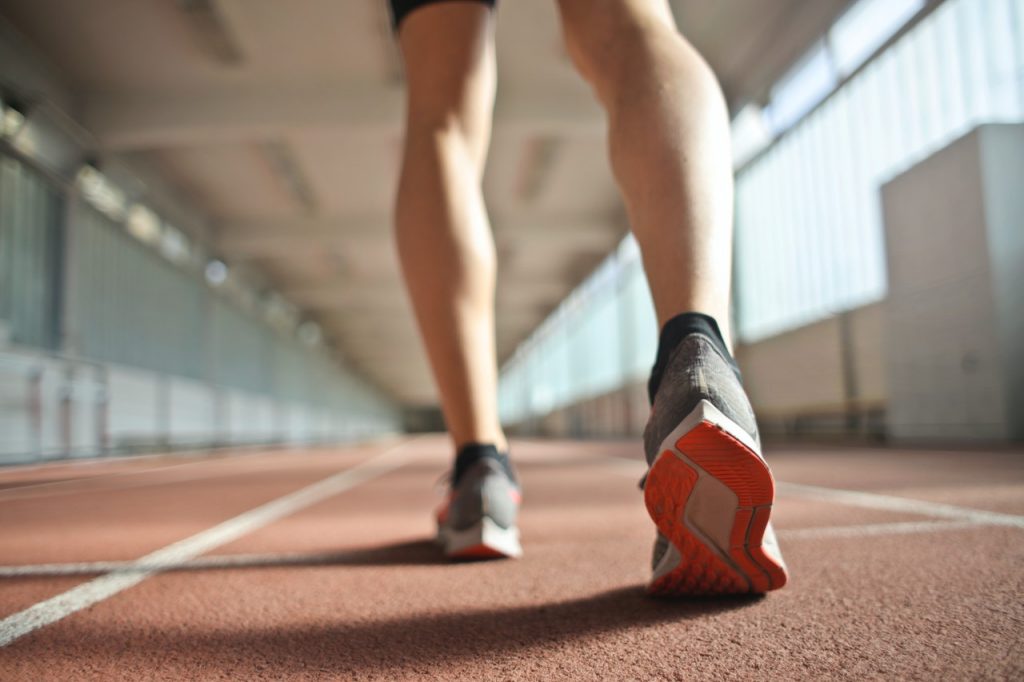Introduction:
This is a question that I see asked a lot in many different variations: “when to buy new running shoes?”, “how many miles before I need new running shoes?”, “how often should I replace my running shoes?”, and so on.
The truth of the matter is… It depends!
Factors To Consider:
Before you invest in a pair of running shoes, there are a few different factors to consider. Each will have an impact on how long you can expect your running shoes to last:
Type of Running Shoe
The designed purpose of the shoe will be a big factor in its durability. Racing flats are designed using less material to keep them as light as possible. Shoes designed for racing are meant to be utilized for certain events or speed work, so aren’t designed to “go the distance” in terms of mileage. As such, you won’t get as many miles out of them as shoes that are designed to be daily training shoes.
Weight
With each foot strike the midsole of the shoe has to compress underneath your weight. Naturally, the heavier you are the more stress you put onto the cushioning of your shoes. This is also the reason that children’s shoes are often lighter and use less cushioning than their adult models.
Fit
Poorly fitted running shoes are more prone to wear and tear. Shoes that are too tightly fitted can cause the toes to rub on the upper material. This constant rubbing and friction can cause the material to rip. It can also be the cause of discomfort and blisters.
Pronation
Your pronation or gait cycle will also play a role in the lifespan of your running shoes. People who run with a neutral pronation will tend to get more miles out of their trainers than people who overpronate or supinate.
Running with a neutral gait means that your foot doesn’t roll excessively inwards or outwards. Your midfoot to forefoot would hit the ground before your heel. As such, those with a neutral pronation tend to put less wear on their running shoes.

File:Ankle Pronation Position.png – Wikimedia Commons – Ducky2315
You will notice if you overpronate or supinate as you will see more wear on either the right or left side of the outsole. There may also be more wear and tear on the side and / or heel of the shoe.
Terrain
The type of terrain that you run on will also impact the durability of your trainers. Using shoes designed for tarmac on rough or sharp trails will put greater wear and tear on the sole. The same is also applicable of trail shoes being used on tarmac. Basically, to extend the lifespan of your trainers, use them for what they were designed for where possible.
Rotation
Having multiple pairs of running shoes on rotation can help to improve the lifespan of your running shoes. Alternating pairs of trainers can give each pair time to “recover” from the previous run.
Only using one pair of running shoes means that the insole adapts to your foot and doesn’t offer the same amount of cushioning. Giving your trainers time to decompress means that you will get more miles out of them.
Care
How you care for your running shoes is important. This means keeping them clean after each run and letting them dry and air out if they get wet. Be careful when putting running shoes in the washing machine as some types of cushioning technology can be adversely affected.
Try to keep your running shoes strictly for running. Lots of walking or time spent standing can impact the cushioning. It’s also harder to keep track of the mileage if you use them for standing or walking.
Materials
Each brand and model of running shoe will use different materials. The more premium the materials, the more durable they should be. This isn’t always the case, but it’s a good starting point. A lot of Adidas running shoes use Continental rubber on the outsoles. Yup, the same rubber used for Continental tyres!
Climate
Hot climates (over 80 degrees) can cause the cushioning of the midsole to soften. Cold climates have the opposite affect and can cause the midsole to stiffen up. Both types of extreme climates can affect the longevity of your running shoes. Climates which are prone to severe fluctuations of weather can also have an adverse effect.
Shelf Life
This may come as a surprise, but unworn running shoes are also prone to degradation. The midsole cushioning of the shoe can deteriorate without being worn. However, this shouldn’t be a massive cause for concern as it’s reported to take around 5 years before you would be able to tell any noticeable difference. The bigger issue, though, is the break down of the glue that is used for the construction of the upper. Different brands will use different quality of glues, but it is something that you may want to consider if you are purchasing a much older model of running shoe.
Conclusion:
A general guide is that the typical daily running shoe can clock up around 500-600 miles before needing to be replaced. Racing flats have a general guide of 150-300 miles. As you can see from the above factors, there are a lot of other things to consider before taking these numbers as gospel. I’ll be posting a guide on when you should retire your running shoes over the next few weeks, and that should hopefully help you decide if your shoes are past their best.




